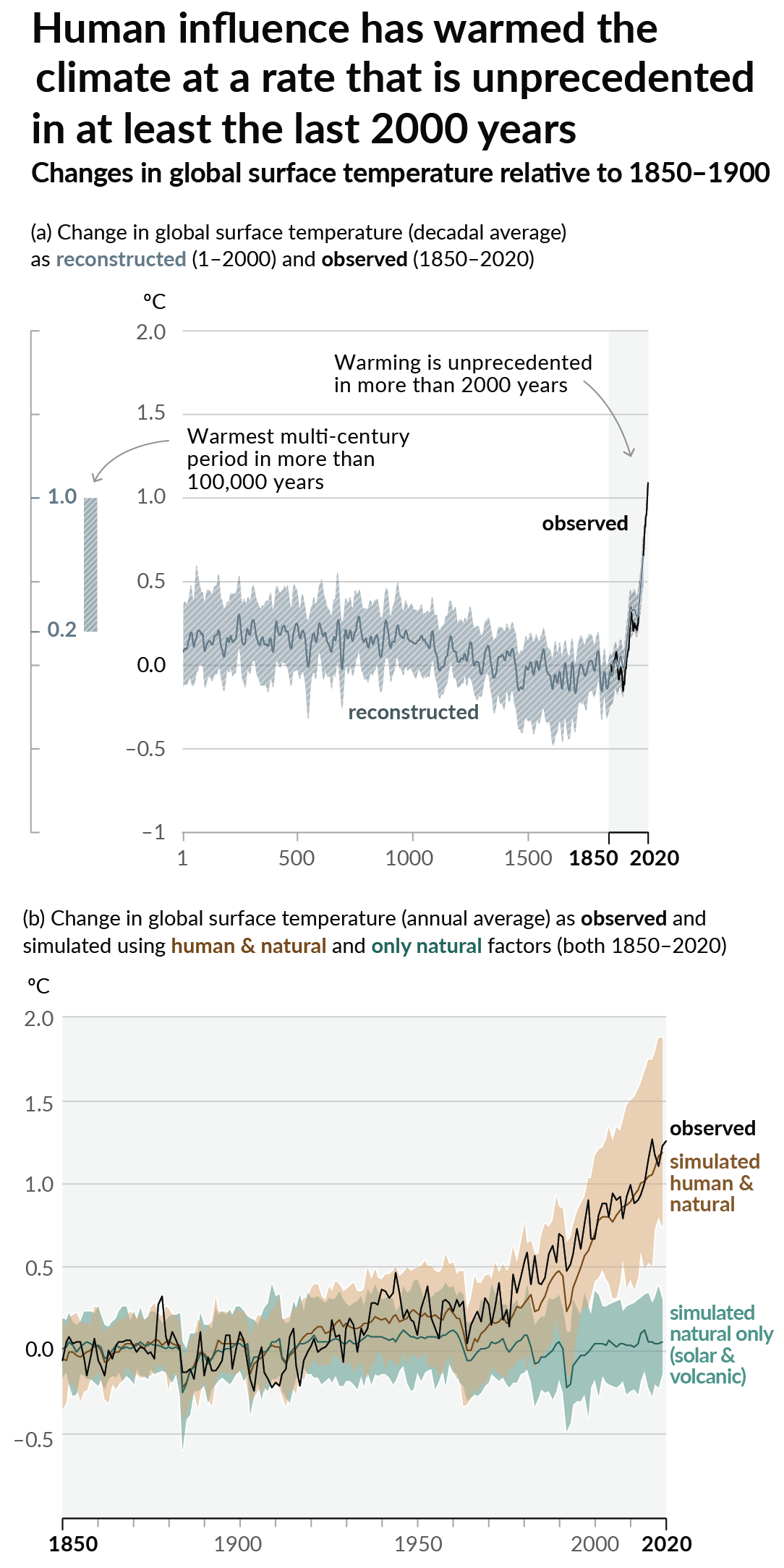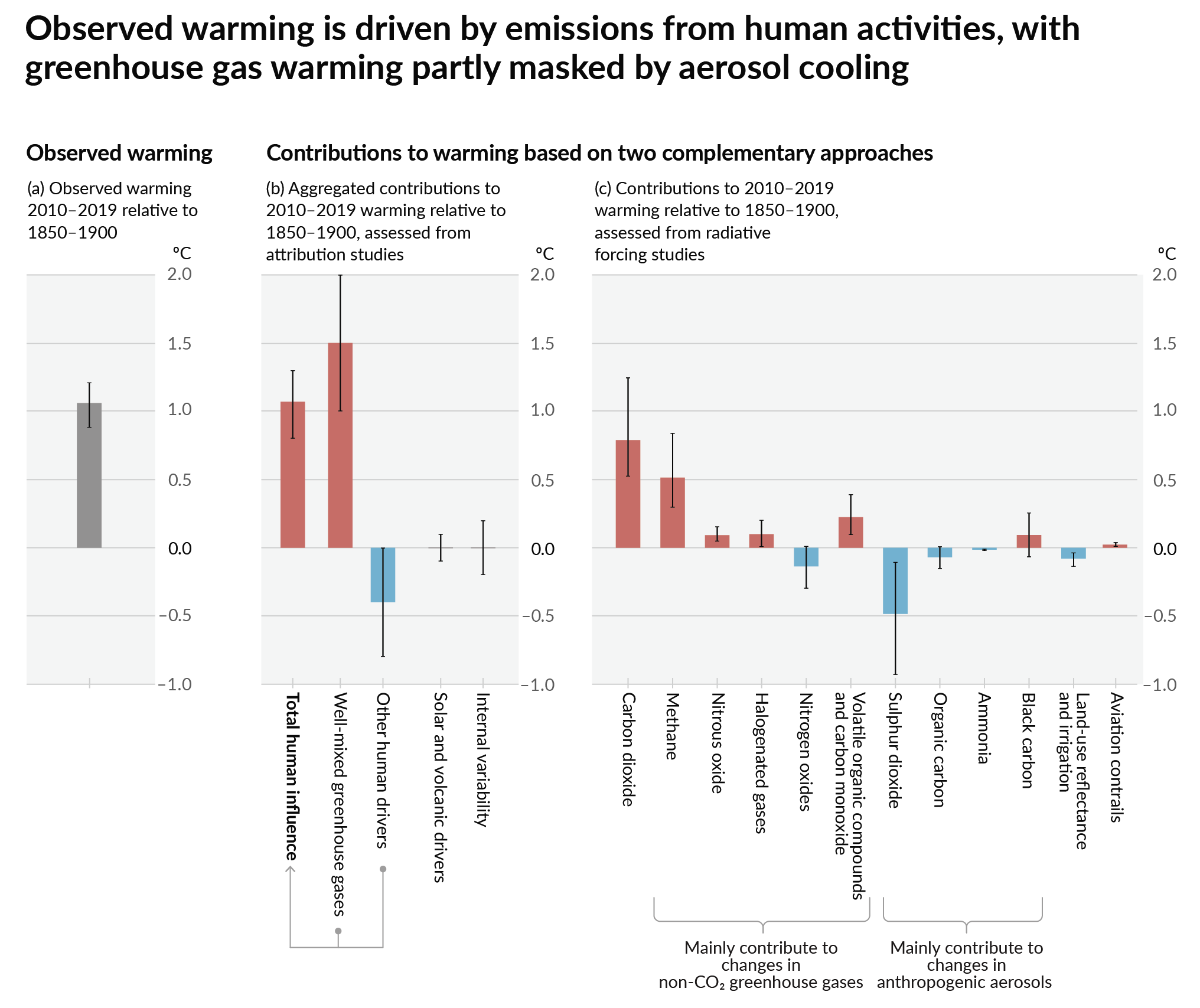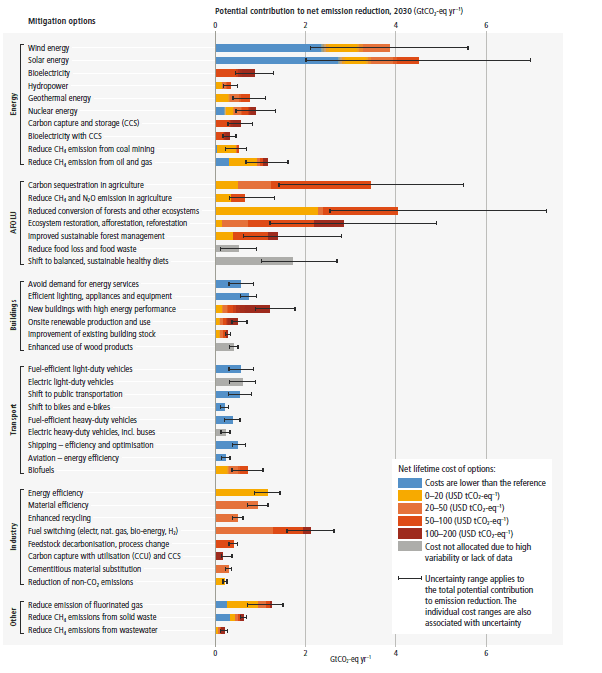No commenters seem to have read the article.
This plant’s US population is extinct in the wild with some being kept alive in sanctuaries.
The plant is native to the Caribbean and there are still wild populations in other parts of the region, as per the article.
Still sad though. Salt water intrusion from sea level rise killed the US population.


